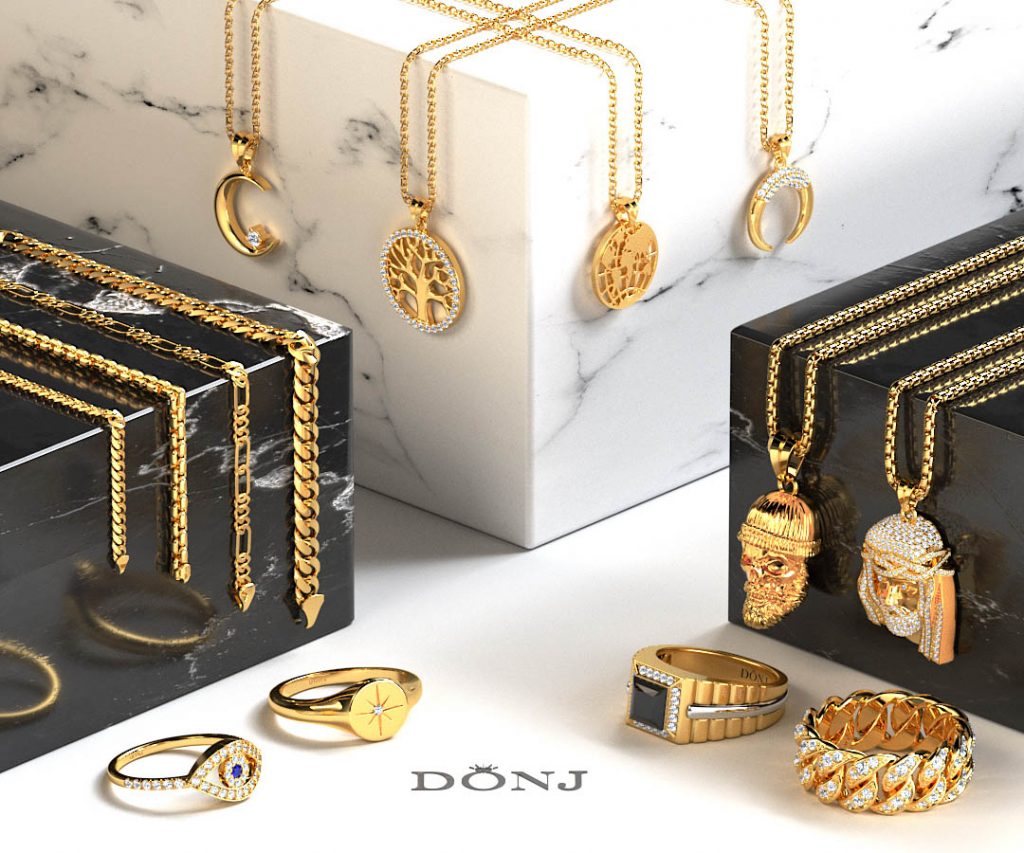Securing Clarity and Integrity in Aurum Supply Networks Utilizing Cutting-edge Tracking Approaches.
Securing Clarity and Integrity in Aurum Supply Networks Utilizing Cutting-edge Tracking Approaches.
Blog Article
Golden is a precious resource that has been sought for millions of years. It is used in jewelry, gadgets, and even as a form of currency. However, the journey the metal takes from mines to buyers can be complex and often lacks clarity. This means that it can be challenging to know where the gold comes from and whether it was mined in a way that respects ethical standards and the ecosystem. Advanced tracking solutions are emerging as essential tools to ensure the integrity of gold distribution systems.
One reliable method for improving openness in gold supply chains is the use of distributed ledger technology. Blockchain creates a secure digital record that logs every transaction involving gold, from the extraction site to the retail store. This technology allows all stakeholders in the distribution network, including miners, dealers, and end users, to see where the gold has been and confirm its source. By using blockchain, companies can provide evidence that their metal is ethically sourced, helping to build trust with customers who are increasingly concerned about responsible sourcing.
Another traceability solution involves the use of unique identification tags for gold products. These tags can include QR codes or radio-frequency identification chips that store information about the gold’s source and path through the supply chain. When consumers scan these tags, they can view comprehensive insights about the gold’s history, including where it was mined and how it was refined. This level see of transparency not only helps customers make educated purchasing choices but also promotes responsible practices within the industry.
In addition to technology-based solutions, collaboration among participants is crucial for ensuring trustworthiness in precious metal supply chains. Governments, non-governmental organizations, and companies must work together to develop defined guidelines and standards for responsible mining practices. By supporting programs such as fair trade certification, these stakeholders can empower miners who adhere to ethical practices while also guaranteeing Recommended Reading that end users have access to ethically mined materials. Cooperation fosters accountability and creates a coordinated approach to addressing issues related to transparency in the industry.
In the end, maintaining transparency and integrity in gold distribution networks supports everyone involved. Consumers gain confidence in their investments when they understand their gold is sourced responsibly. Responsible practices can lead to improved labor environments for extraction workers and contribute to environmental sustainability. As innovative tracking technologies continue to develop, they hold great promise for reshaping how we perceive and interact with gold throughout its lifecycle from extraction site to market. The future of precious metal logistics systems looks brighter as these solutions lay the foundation for a more sustainable industry.